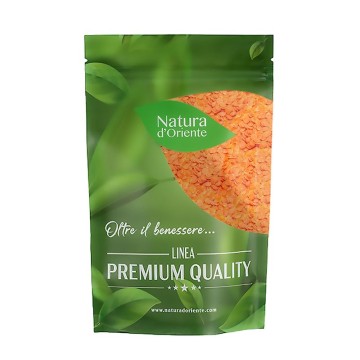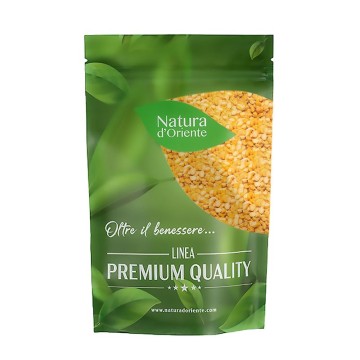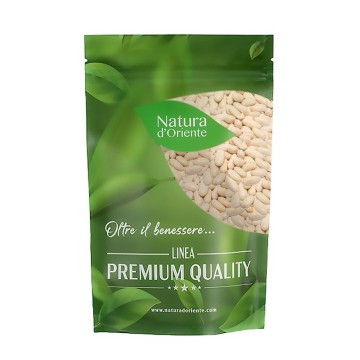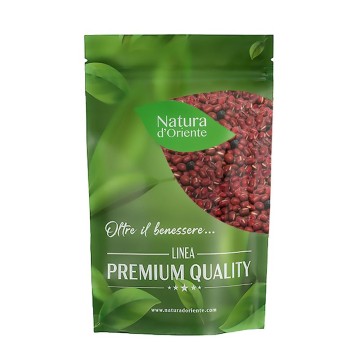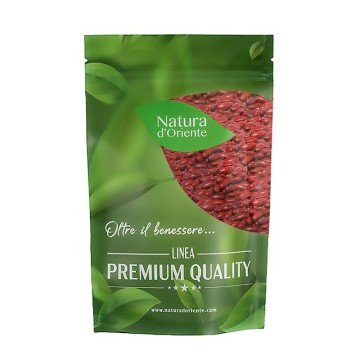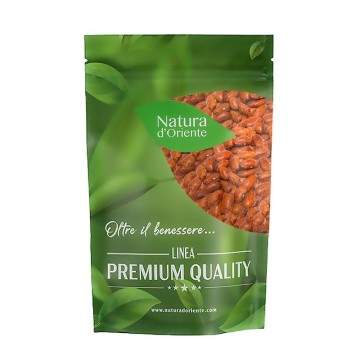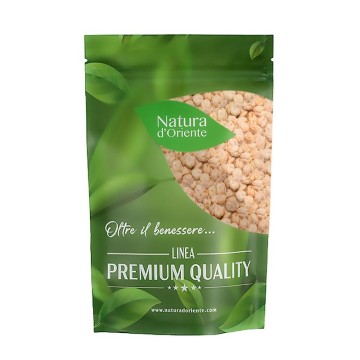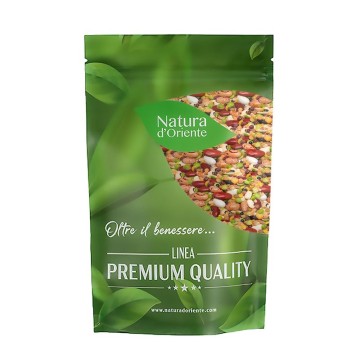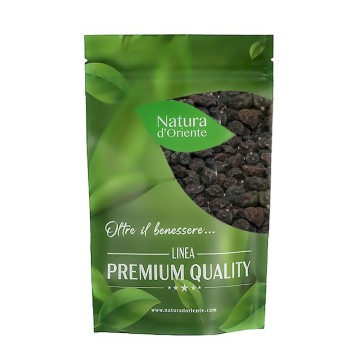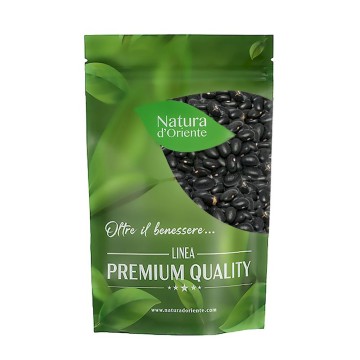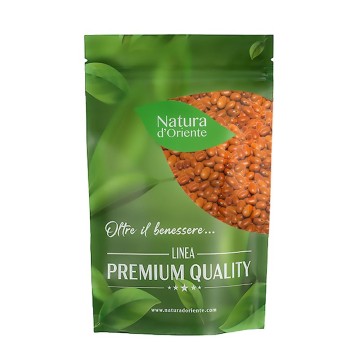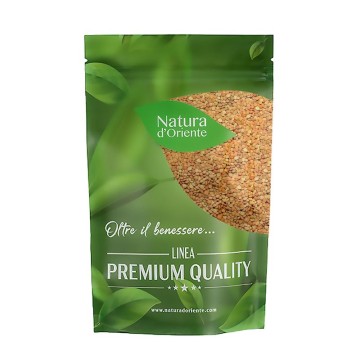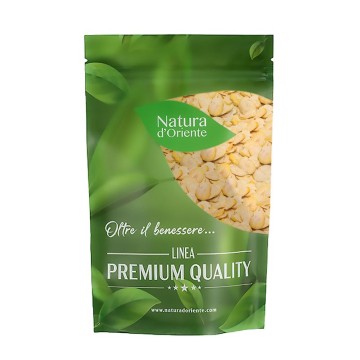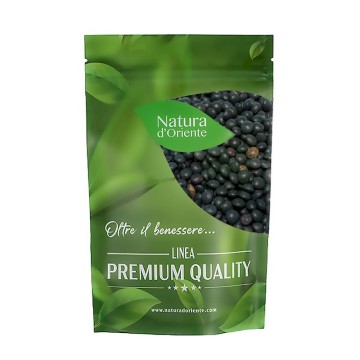Back to being produced after a period of "abandonment", this type of lentil derives precisely from cultivation in Pantelleria and in the nearby Sicilian islands. There where the volcanic soil, the hot-humid climate and the little wind create special conditions. These are lentils with a dark, reddish-brown, small and round variety.
Pantelleria lentils: properties and benefits
The red lentil of this type, as for other varieties, is very rich in proteins and vitamins, as well as mineral salts. Pantelleria lentils have beneficial properties to improve digestion, thanks to the high percentage of fibers. They are ideal legumes for making the gastro-intestinal system work better, as they contain probiotic fibers (inulin and pectin).
They are an excellent source of vegetable proteins, ideal in vegetarian and vegan diets. Eating Pantelleria-type lentils, along with other vegetable protein sources such as whole grains (bread, pasta, rice), can complete all the amino acids your body needs.
The low fat content in this type of Pantelleria type lentils makes them excellent for cardiovascular wellbeing. Furthermore, for the well-being of the heart, the combination of dietary fiber and isoflavones, present in red lentils, is excellent for lowering the level of LDL cholesterol - which we know to be harmful to our health.
These Pantelleria lentils are also a good source of magnesium, which improves blood flow, oxygen and nutrients throughout the body. While the folate present (vitamin B9) works to lower the levels of the amino acid homocysteine, a factor involved in heart health.
Isoflavones are antioxidants, which act together with other similar compounds such as niacin, to counteract the oxidative stress of cells, which causes aging.
The vitamins of group A and B, together with the mineral salts contained in lentils, are useful for strengthening bones.
Red lentils are also suitable for providing B vitamins - vitamin B6, pantothenic acid and thiamine and vitamin B9 also known as folate. Folate is essential in the synthesis of red blood cells and DNA, to aid energy metabolism.
Another beneficial element of lentils is thiamine, which in good quantities helps concentration and memory functions. Legumes, including Pantelleria-type lentils, are also an aid against diabetes: they contain less sugar than carbohydrates, they satiate, they help slow down glycemic absorption, regulating it, to avoid the glycemic peak.
Pantelleria red lentils are rich in iron , an essential part of hemoglobin that helps red blood cells to oxygenate properly. Iron counteracts the symptoms of anemia and fatigue, since its deficiency is one of the causes of the lack of energy.
Furthermore, these legumes are diuretics, and contain valuable mineral salts such as calcium, phosphorus and zinc.
Origins and History of cultivation
The lentil (Lens culinaris), traditionally cultivated in the Mediterranean basin and in Asia, is one of the most ancient food species known to man. Its importance in the past is evidenced by the numerous archaeological evidence (7,000 BC), citations in the Bible and in classical literature.
Probably born in Asia, it then spread to Turkey, Egypt and throughout the ancient world. The name lentil derives from the Latin word for Lens, the leguminous plant that perhaps gave its name to one of the noble families in ancient Rome, the Lentuli.
Lentils became a staple food for the Romans, and its importance was very relevant throughout the Middle Ages.
Thinking of the Pantelleria type lentils, in the meantime it must be taken into account that the red lentils were probably originally from Egypt, and from these the variety we know as Sicilian would have derived, among the small-seeded lentils.
Until the beginning of the twentieth century, Italy was a major producer of lentils, but today the cultivation of this crop has drastically decreased. In the past, however, Pantelleria lentils were a particularity due to local varieties, selected by farmers over time and well adapted to the environment in which they were grown. It is similar to the varieties of the small Sicilian islands (Ustica, Linosa and Pantelleria).
Known in dialect as “linticci”, they are small, dark and very tasty lentils. Today this breed is also cultivated in its derivations, as a Pantelleria type lentil with the same characteristics.
They are appreciated and prized lentils, and grown in other parts of the world, as well as in Sicily.
Plant and Fruit
The lentil plant (Lens culinaris or Lens esculenta) is the one that gives us the edible legume we know. The Lens genus is part of the Faboideae subfamily and the Fabaceae and Fabales family of flowering plants - legume or bean plants.
It is an annual underground plant, since the seed cotyledons remain in the ground, but with its branches, it reaches a height of about 40-50 cm. It has pods like many legumes, about 1.5 cm long, usually with two seeds in each. The typical small lens shape of the seeds, in the red lentil is almost flat.
Having an underground part makes it less vulnerable to cold, wind and insect attack.
The flowers are small, white, pink, purple or pale blue. The different varieties of cultivated lentils, in fact, are different from each other in size, color of leaves, flowers and seeds.
Nutritional values of Pantelleria Lentils
These legumes are packed with beneficial nutrients. Analyzing 100 grams of Pantelleria type lentils, we know that they donate 301 kcal, as well as low fat (1.4%), protein (23.5%), low carbohydrates and fiber (about 30%).
Among the mineral salts are present in the Pantelleria type Lentils, some discrete levels of calcium, iron (about 7 mg), potassium and magnesium.
By consuming Pantelleria type lentils you can assimilate: vitamin A and good doses of folate - vitamin B9.
How to consume Pantelleria-type lentils in the kitchen
The flavor of Pantelleria lentils is intense, and has always been used in traditional dishes for its satiating power (the bread of the poor).
This variety has very small dimensions, is tender and tasty, easy to cook and very digestible.
The Pantelleria type lentils we offer do not need to be soaked, even if they can be kept for half an hour in water, before cooking them for about 15 minutes.
They are often used to create soups, specialties of Pantelleria and Sicilian cuisine. At the table the red lentils of Pantelleria can also arrive as a side dish to fish dishes, salads, in the form of creams, sauces or vegetarian meatballs.
A famous salad with Pantelleria lentils, is the one that combines them with capers, red onion, seared tuna with sesame, fresh cherry tomatoes.
Recipe with Pantelleria Lentils: Lentil salad with peppers and feta
Ingredients: 100 gr of Pantelleria lentils - 1 green pepper - 1 yellow pepper - 1 cucumber - 50 g of feta cheese - 1 clove of garlic - ½ lemon juice - coriander - fresh basil
Preparation: Put the lentils in plenty of water, and start boiling them. After about 5 minutes, add the onion, carrot, salt, and wait for the cooking to make the lentils soft. Drain them and leave them in a salad bowl.
Meanwhile, cut the peppers into cubes. Prepare a sauté with the garlic and extra virgin olive oil and then sauté the peppers over high heat until cooked.
Clean the cucumbers, cut them into cubes, and use the same cut for the fresh feta. Prepare the bunches of basil and coriander leaves by chopping them with a knife.
Combine all the ingredients in the lentil bowl, and let it cool as much as you like. The salad can be served either warm or cold.
Pantelleria lentils: side effects and contraindications
Like other varieties of legumes, lentils contain natural compounds which, in somen susceptible individuals can cause allergies.
Furthermore, lentils can cause the formation of intestinal gas, with flatulence phenomena, or other intestinal disorders, if consumed in excessive quantities.

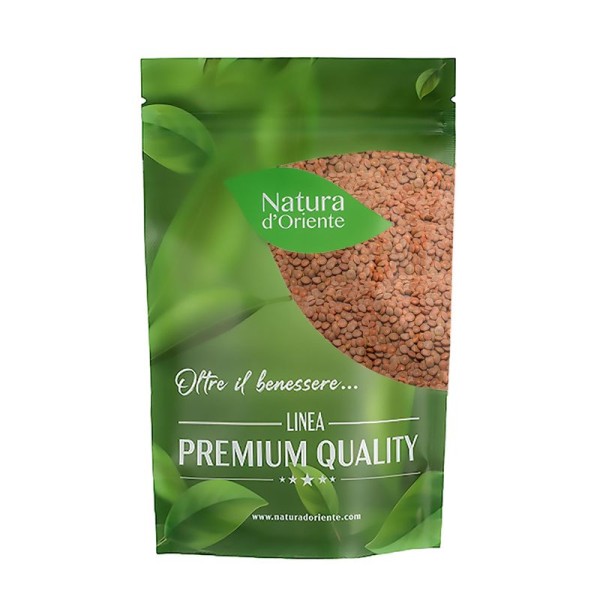







 No reward points for this product.
No reward points for this product.
